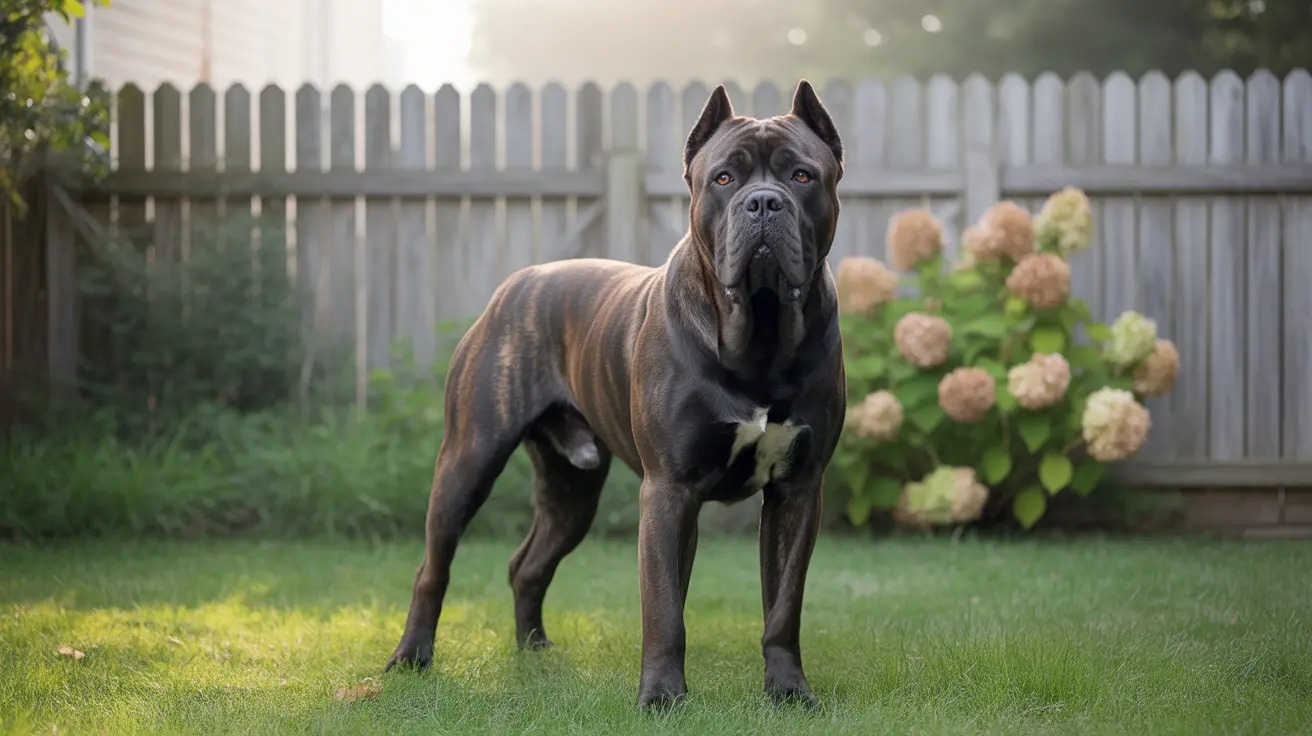If you're considering adding raw salmon to your dog's diet, it's crucial to understand both the potential benefits and serious risks involved. While salmon can be a nutritious addition to your dog's meals when properly prepared, feeding raw salmon to dogs requires careful consideration and awareness of significant health concerns.
In this comprehensive guide, we'll explore the safety considerations, regional risks, and proper preparation methods for feeding salmon to your canine companion. We'll also discuss why many veterinarians and pet nutrition experts recommend cooked salmon over raw options.
Understanding the Dangers of Raw Salmon for Dogs
Raw salmon poses several serious health risks to dogs, particularly in certain geographical regions. The most significant concern is salmon poisoning disease (SPD), caused by a parasitic flatworm that carries harmful bacteria.
This condition is especially prevalent in the Pacific Northwest region of North America, including Washington, Oregon, and northern California. Without prompt treatment, salmon poisoning disease can be fatal within two weeks of consumption.
Symptoms of Salmon Poisoning in Dogs
Dog owners should watch for these warning signs after raw salmon consumption:
- Vomiting and diarrhea
- High fever
- Loss of appetite
- Lethargy and weakness
- Swollen lymph nodes
- Dehydration
- Rapid breathing and heart rate
Safe Ways to Feed Salmon to Your Dog
The safest approach to feeding salmon to dogs is to cook it thoroughly. This eliminates harmful parasites and bacteria while preserving many of the nutritional benefits. When preparing salmon for your dog:
- Remove all bones completely
- Cook thoroughly until flaky
- Avoid seasonings, oils, and spices
- Serve in appropriate portions
- Remove skin if it contains hard scales
Nutritional Benefits of Properly Prepared Salmon
When safely prepared, salmon offers numerous health benefits for dogs:
- High-quality protein for muscle maintenance
- Omega-3 fatty acids for skin and coat health
- Essential vitamins and minerals
- Anti-inflammatory properties
- Support for cognitive function
Regional Considerations and Risk Factors
The risk of salmon poisoning varies significantly by region. Pacific salmon from North America's west coast carries the highest risk, while farm-raised Atlantic salmon typically poses less danger. However, even with Atlantic salmon, proper handling and preparation are essential.
Frequently Asked Questions
Can dogs eat raw salmon safely, and what are the risks of salmon poisoning?
No, feeding dogs raw salmon is not recommended due to the risk of salmon poisoning disease, which can be fatal. The disease is caused by a parasite commonly found in raw salmon, particularly in the Pacific Northwest region.
How should I prepare salmon safely for my dog to eat?
Cook salmon thoroughly until it flakes easily, remove all bones, and avoid adding seasonings or oils. Baking, steaming, or poaching are ideal preparation methods.
What are the health benefits of feeding cooked salmon to dogs, and why is it recommended?
Cooked salmon provides high-quality protein, omega-3 fatty acids, and essential nutrients that support skin, coat, joint, and brain health. Cooking eliminates harmful parasites while preserving these nutritional benefits.
How can I prevent salmon poisoning in dogs, especially in regions like the Pacific Northwest?
Never feed raw or undercooked Pacific salmon to dogs. Always cook salmon thoroughly and source it from reputable suppliers. If you live in the Pacific Northwest, be especially vigilant about preventing access to raw fish.
Is it safe to give my dog raw Atlantic salmon, and are there any special precautions to take?
While Atlantic salmon generally carries lower risk than Pacific salmon, it's still safer to cook any type of salmon before feeding it to dogs. If choosing to feed raw Atlantic salmon, freeze it for at least three days and source from reliable suppliers.
When it comes to feeding salmon to your dog, it's always better to err on the side of caution. While raw salmon might seem like a natural choice, the potential risks outweigh any benefits. Stick to properly cooked salmon to ensure your dog can safely enjoy this nutritious fish as part of a balanced diet.






